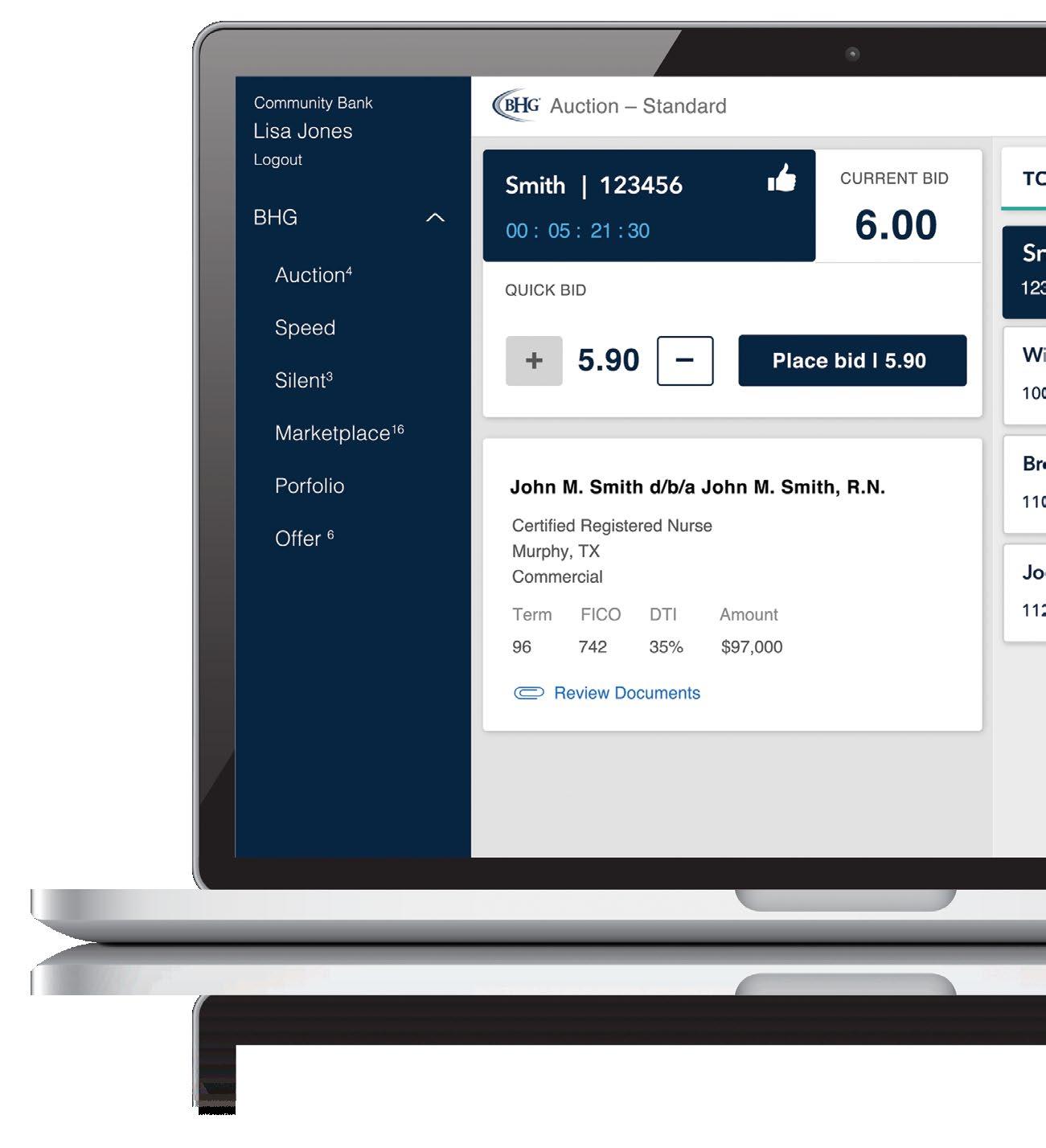
3 minute read
Future of Non-Interest Income
This is the Future of Non-Interest Income
Today’s rate environment is compressing net interest margin for community banks. So generating non-interest income is more important than ever. But not just any non-interest income. Done right, the revenue you drive can add value to consumers’ lives and deepen your relationships with them.
Advertisement
Nickel-and-diming consumers is counterproductive.
According to the FDIC, the most common drivers of noninterest income are: 1. Fee accounts and maintenance fees 2. ATM fees 3. Service charges and origination fees 4. Cross-sell of other products With the top three drivers being fee-based, it begs the question: how can fees be the holy grail of non-interest
income if consumers hate them?
We all know that consumers hate fees. An increasing number of institutions (online-only and traditional) are offering fee-free checking accounts with no minimum balance requirements. That spells trouble if you’re still charging a monthly maintenance fee.
One exception to fee-resentment is what we call a “consumer choice fee.” People prefer fees that they feel they have a choice in paying, i.e. fees that are charged when they don’t perform a certain activity — such as using their debit card or opting into e-statements.
Another exception is offering a transparent “value-formoney” fee. A regular checking account with a $5 fee doesn’t offer much value in a consumer’s eyes when they can get the same account for free somewhere else. A checking account that offers additional benefits, such as a free safe deposit box or discounts on other banking services, feels justifiable to most consumers.
If you’re charging fees without adding extra value, it’s only a matter of time before your account holders take their money elsewhere.
Don’t rely on interchange fees alone.
There are lots of ways you can boost consumer-friendly non-interest income, with one of the best being cash back reward checking that encourages debit card use and drives interchange fees. Interchange fees are still an important revenue source for community banks. And the stickiness created by repeated debit card use is a great way to reduce account holder attrition. But with federal regulations and threats from fintechs and retailers like Amazon and Walmart opening their own payment services, it’s important to diversify your non-interest income streams.
Value-added products drive non-interest income — without driving away consumers.
Consumers need a lot more than checking, savings, and loans. Think about all the products that could round out someone’s experience with your institution: investment services, vehicle warranties, GAP insurance, debt protection, device protection, identity fraud protection, life and health insurance, and discount programs just to name a few.
Adding any one of these offerings to your product lineup would generate non-interest income for your institution while deepening your consumer relationships.
With the Fed rate at or near zero, margin compression is a growing concern for many banks. Generating non-interest income is going to be your best bet for weathering the storm. Value-added products will not only generate revenue for your institution; they will also increase product density and attract and deepen relationships with consumers — setting you up for success now and well into the future.
Gabe Kraijcek
Chief Executive Officer Kasasa
THE BHG LOAN HUB
The #1 Source for Medical & Professional Loans
Gain exclusive access to our secure, state-of-the-art loan delivery platform and learn how more than 1,200
community banks have earned over
$708M in interest income since 2001.
Quickly analyze complete credit files, and with consistent loan packages available every time, you can make informed purchasing decisions with ease.
HOW DOES IT WORK?
1
LOGIN
2
3
CLICK Log in to BHG’s state-of-the-art loan delivery platform
Review and underwrite complete credit packages
Bid on or purchase loans with the click of a button
BRIAN MULLETT
BMullett@em.bhgbanks.com 315.217.5593 or visit bhgloanhub.com/GA 24 | www.cbaofga.com | March/April 2021










